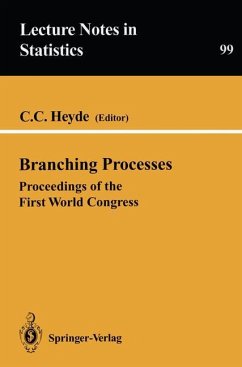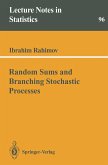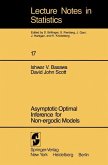150 Years of Branching Processes It is now 150 years since statistical work done in Paris on extinction of noble and bourgeois family lines by de Chateauneuf stimulated Bienayme to formulate what is now usually known as the Galton-Watson branching process model and to discover themathe matical result known as the criticality theorem. However, Bienayme's work lay fallow and the criticality theorem did not emerge again for nearly 30 years, being rediscovered, not quite accurately, by Galton and Watson (1873-74). From that point the subject began a steady development. The original applications to population modelling were soon aug mented by ones in population genetics and later in the physical sciences. More specifically, the process was used to model numbers of individuals carrying a mutant gene, which could be inherited by some of the individuals offspring, and to epidemics of infectious diseases that may be transmitted to healthy individuals. The nuclear chain reaction in reactors and bombs was modelled, and various special cascade phenomena, in particular cosmic rays. Considerable stimulus to the mathematical development of the subject was provided by the appearance of the influential book, Harris (1963) and this was fueled subsequently by the important books Athreya and Ney (1972) in the USA and Sevastyanov (1971) in the then Soviet Union. More recent. additions to the available list: Jagers (1975), Asmussen and Hering (1983) and Guttorp (1991) have greatly assisted the maintenance ofthe vitality of the subject.








